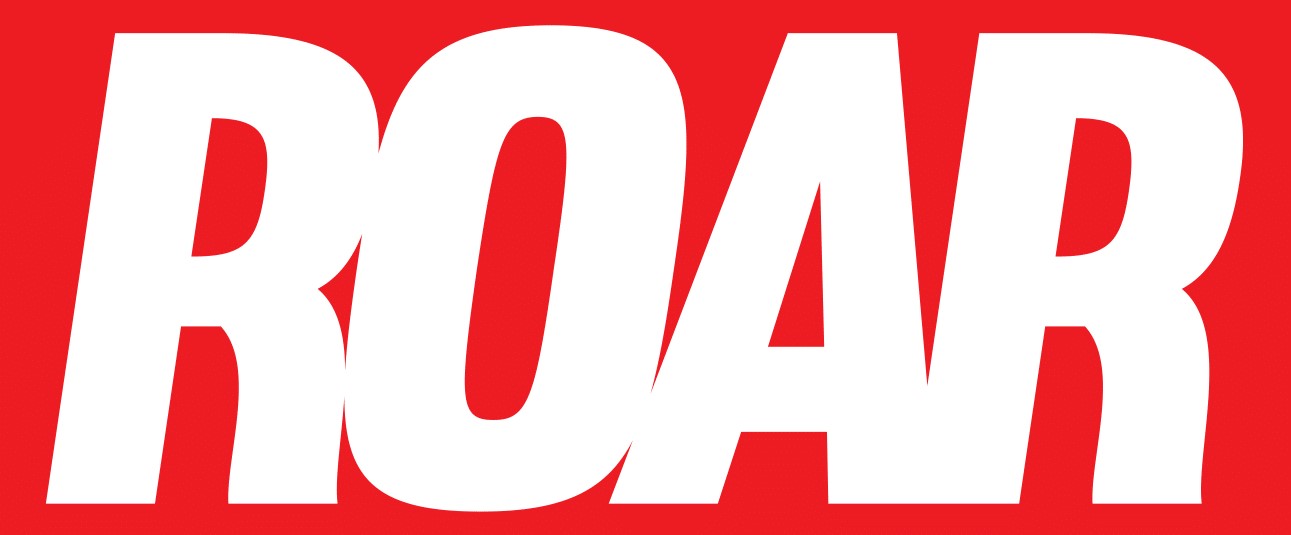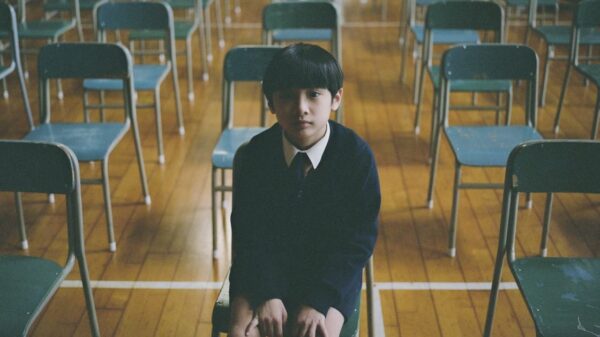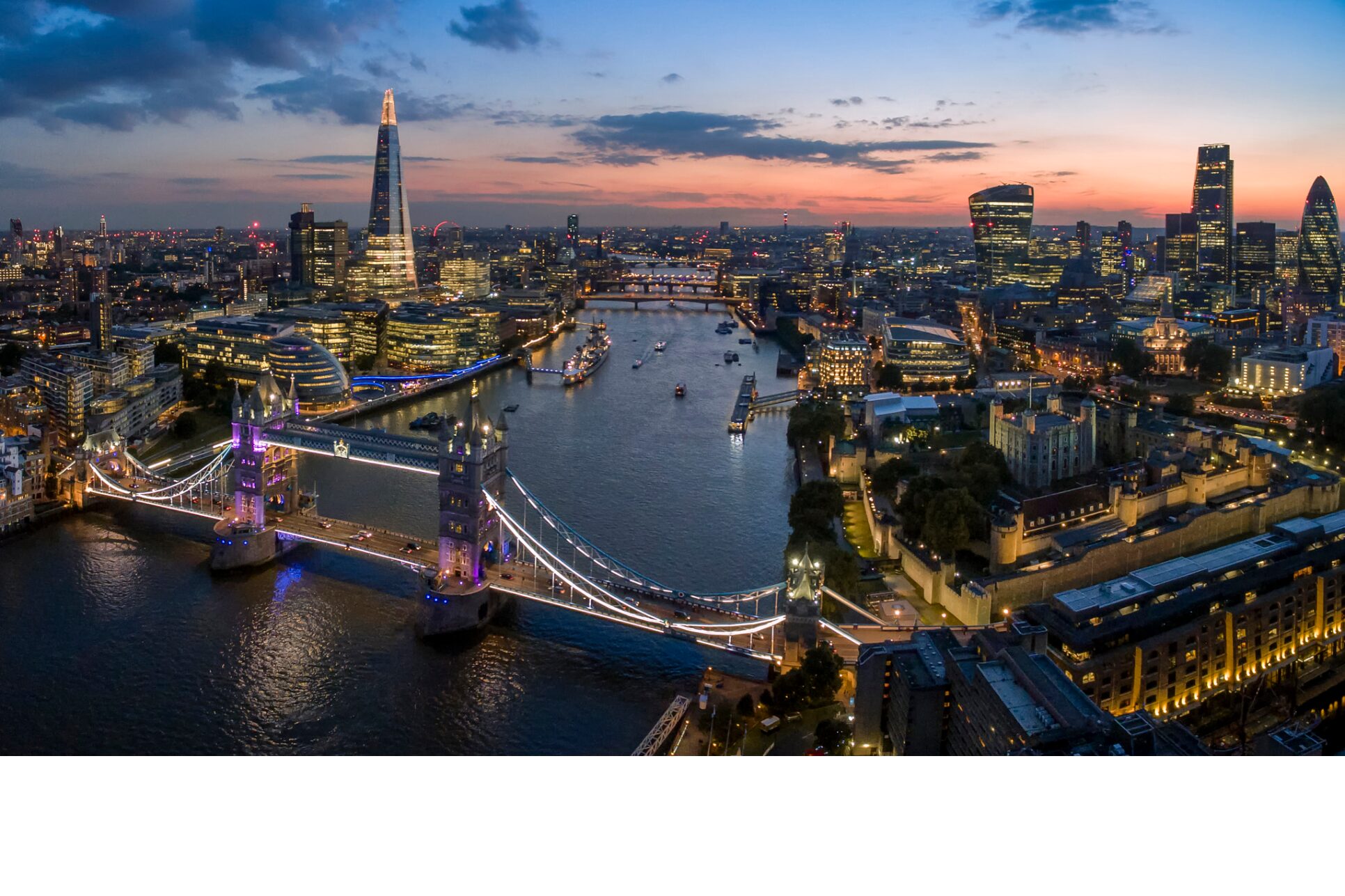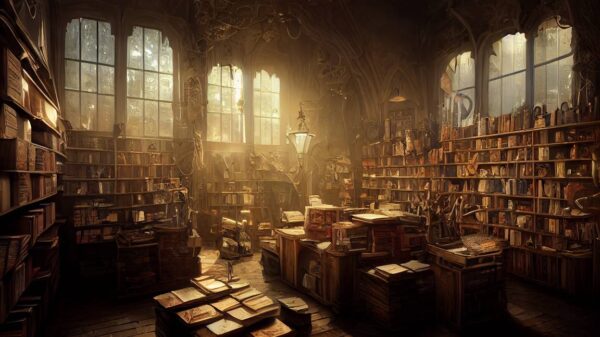Staff writer Rachel Cooke discusses the shift in art brought by AI, and the changing value of art and artists as a result.
In 2021, archeologists discovered what they believe to be the world’s oldest-known piece of art. Deep in a cave on the Indonesian island of Sulawesi, three wild pigs, painted with red ochre, were found. From isotopic dating, the art was found to be roughly 44,000 years old. This sparked a conversation about the types of humans that lived in that region and the sorts of experiences they had that led to the creation of that specific art piece. Why was the discovery of a 44,000-year-old work of art an incredible finding? The recent development of accessible AI image generation has brought this question into sharp focus.
Over time, art has changed and had many revolutionary moments. Throughout history, a multitude of mediums have been tried and tested: painting, sculpting, building, drawing, sewing, collaging, a million varieties of digital art, and so on. There are endless ways for humans to express themselves, and people have a knack for continuing to come up with new ways to do so.
Late last year, a software company called OpenAI launched DALLE-2, an AI image generator. DALLE-2 builds on the previous DALLE system and has the ability to generate images based on prompts. DALLE-2 not only can create remarkably realistic images, but it can also create art pieces using any form of artistic style. For example, it can exactly re-create the post-impressionist swirls of The Starry Night, altering the colours if prompted to, or adding a teddy bear sitting on one of the stars. This type of AI works through pulling information from the internet and using it to recognise patterns. It then formulates these patterns into incredible works of art.
This technology has sparked a massive backlash from artists. DALLE-2, along with other AI image generation programs, uses images from the internet to create its pieces. As a result, all artwork that has been uploaded to any online platform is subject to use. Without consent from the artist, or compensation given to them, styles and techniques that artists have worked to develop over time are integrated into new images. These images can look almost identical to the original art piece. This has led both to a turbulent online discourse and lawsuits for copyright violations, including a class-action lawsuit in the US against AI-art companies that use AI image generation tools. Many artists have expressed fear in posting any artistic content online at all at the moment, as it could be subject to unconsented use by AI systems.
Not only is the newly generated image a compilation of works of art gleaned from online sources, but according to OpenAI, the user who generates the image owns it for commercial purposes. This means that DALLE-2 users can print, sell, and license the generated images. Essentially, the user can gain profit on artwork that has been created using other artist’s work, while the original artist receives no compensation, and the originality of their own work sharply decreases.
Artists went to Twitter to express their views, using the hashtag #AIart. The thread showed two sides to the debate — many users are stating that it is a risk for any art form to be uploaded to the internet right now, while others compared the resistance to AI art similar to the initial resistance to photography as a threat to physical art forms. @AdamLindsay20 suggested that artists should have the option of volunteering their artwork, and that AI should not be trained by non-consenting artists. @Vertigris_Art said that “using other people’s years of work to feed it into an algorithm so you can generate something similar in a few seconds is just so morally foul.” Conversely, some users were pointing out that traditional artists draw on inspiration from other artists anyway, and that the synthesising act of AI art is simply a way for non-artistic people to be able to create.
The undercurrent of the debate is a question of what makes art valuable. Why do people value art, why are artists protective over their art, or comparatively, why do some think that AI generated art is just as valuable? Important to the discourse are questions like, what is inspiration, where does it come from, and how is it used? How do people place a value on art, and why?
One answer to these questions is that art is valuable because it is made by humans. Many artists in online debates have pointed this out. Art reflects the artist, and as AI is not a sentient being capable of independent creation, its only option is to use images from other artists. It is true that artists draw inspiration from a variety of sources, including other art, just as AI does. However, the response to inspiration through the act of creating is made valuable when done by a person who is interpreting and utilising inspiration in their own way. Through art, people are able to see how another person views or feels about the world; a phenomenon that is not possible with AI-generated art. It is a moment of collective humanity, to engage with art and resonate with it, because you are resonating with the internal world of another person.
The devaluation of art due to the proliferation of AI generated art is another point of contention. Digital artists fear that their livelihoods will become obsolete as AI-generated images become easily accessible and open for commercial use. DALLE-2 allows users of the system to use the images generated for commercial purposes, such as for book illustrations, advertisements, web-design, and more. This means that a piece of art generated using other copy-written art can not only be freely used but can also be sold for profit. It also means that the cost of digital art is greatly reduced, devaluing digital artists work. Digital art that is sold for a variety of commercial purposes can now be cheaply and easily made using image generative AI without needing any artistic expertise. In previous situations where it would have been necessary to hire a digital artist, it may now be cheaper and easier to use AI to create the artwork yourself.
Beyond the pro-AI art and anti-AI art arguments, there seems to be a third party to the AI-art debate; passivists. The inevitability of technological advancement seems to be the consensus of many. However, inevitability is a weak argument when allowing such a transformative piece of technology to run unregulated or without consent. Not only must the discussion involve who the issue currently affects, namely, artists who have their work published online, but the future potential for AI should spark everyone into conversation.
It is possible that in the future art will change fundamentally. As the way art is created shifts, the ways in which it is valued will shift as well. At the centre of this transformation should be the voices of artists — they should be pivotal to the conversation, and can offer insight on the many questions surrounding the developments in AI-generated art.

















